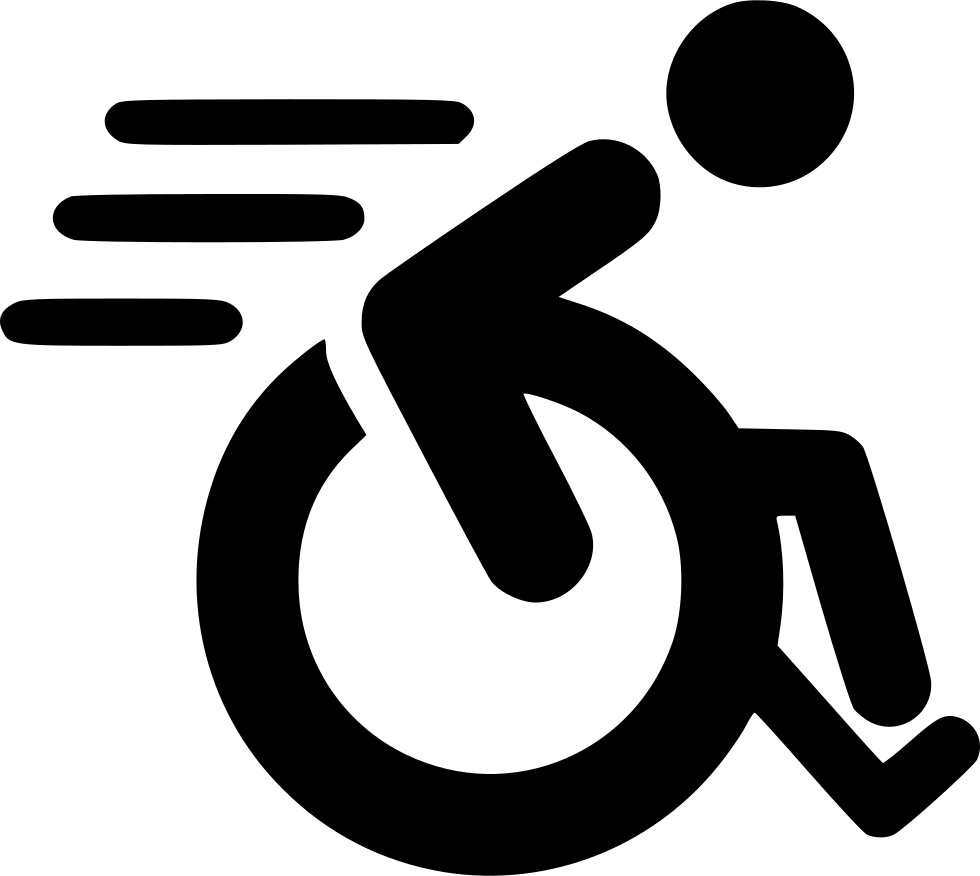Educational Articles
-
Capromorelin is an appetite stimulant used to encourage appetite in dogs and help manage weight loss in cats with chronic kidney disease. It is a liquid solution given by mouth. Side effects include vomiting, diarrhea, increased drinking and urination, and intestinal sounds. This medication should not be used in pets allergic to it and be used with caution in those with liver and kidney disease. If a negative reaction occurs, call your veterinary office.
-
Carbamazepine is given my mouth and is used off label in dogs, cats, and horses to treat seizures, pain, and behavior disorders. Common side effects in animals are unknown, but may include dizziness, sleepiness, nausea, and vomiting. Do not use in pets that have recently used amitraz, are pregnant, or have bone marrow disease. If a negative reaction occurs, call your veterinary office.
-
Carbimazole is a medication used to treat an overactive thyroid (hyperthyroidism) in cats and other animals. Carbimazole lowers thyroid hormone levels. Carbimazole comes in tablet form.
-
Carboxymethylcellulose polymer + propylene glycol gel (brand name Intrasite®) is a water-based gel that helps rehydrate wound tissue and helps keep moisture balance to aid in wound healing. This medication comes in a water-based gel form in application packs.
-
COVID-19 is a viral respiratory disease of humans that was first discovered in late 2019. The illness is caused by the virus SARS-CoV-2, which is a new coronavirus that has not previously been identified in humans. Certain animals can be infected by the COVID-19 virus, but it appears to be infrequent. Dogs and cats seldom show severe clinical illness if infected with COVID-19.
-
Carpal hyperextension is an abnormality of the carpus that causes increased extension of the joint. There are many causes of carpal hyperextension: it can be caused by trauma; in young dogs it may be caused by a developmental abnormality; and in older dogs it may occur as a degenerative condition. Dogs with carpal hyperextension have a noticeable bend at the wrist, forcing their lower limb into an abnormally flattened position. If carpal hyperextension is caused by trauma, it may also be associated with pain and swelling. A tentative diagnosis of carpal hyperextension can be made based on initial observation, but a thorough physical examination is necessary because dogs with carpal hyperextension may also have abnormalities in other joints. Treatment of carpal hyperextension depends upon the cause and severity of the condition and can range from medical management to surgery.
-
Carpal laxity is a condition in which the carpus has an abnormal or excessive range of motion. Carpal laxity can show up in one of two ways: carpal hyperextension or carpal flexion. The underlying cause of carpal laxity has not been definitively determined but may be caused by nutritional factors (specifically excessive caloric intake and/or excessive calcium intake), genetic factors, and being raised on slippery flooring surfaces. Signs of carpal laxity may be seen at any time from 6 weeks of age onward, but the condition is most commonly noted between three and six months of age. Activity modification is often recommended for affected puppies by keeping them off slippery surfaces. Most puppies with carpal laxity will appear completely normal within six to eight weeks.
-
Carvedilol is a heart medication that may be prescribed off label in dogs, cats, guinea pigs, and turkeys for the treatment of heart conditions including abnormal heart beat frequencies (arrhythmias) and heart failure due to dilated cardiomyopathy (DCM).
-
Online shopping is convenient, but it’s important to be cautious about what you purchase online, especially when it comes to your pet's medications. Follow recommendations from your veterinary clinic and avoid any company that does not require a prescription from your veterinarian.
-
Cefadroxil is an antibiotic (first-generation cephalosporin) used to treat bacterial infections of the skin, respiratory tract, and urinary tract in cats and dogs. It may be used off label in other cases. Cefadroxil comes in tablet and powder forms that may be compounded into liquid.


